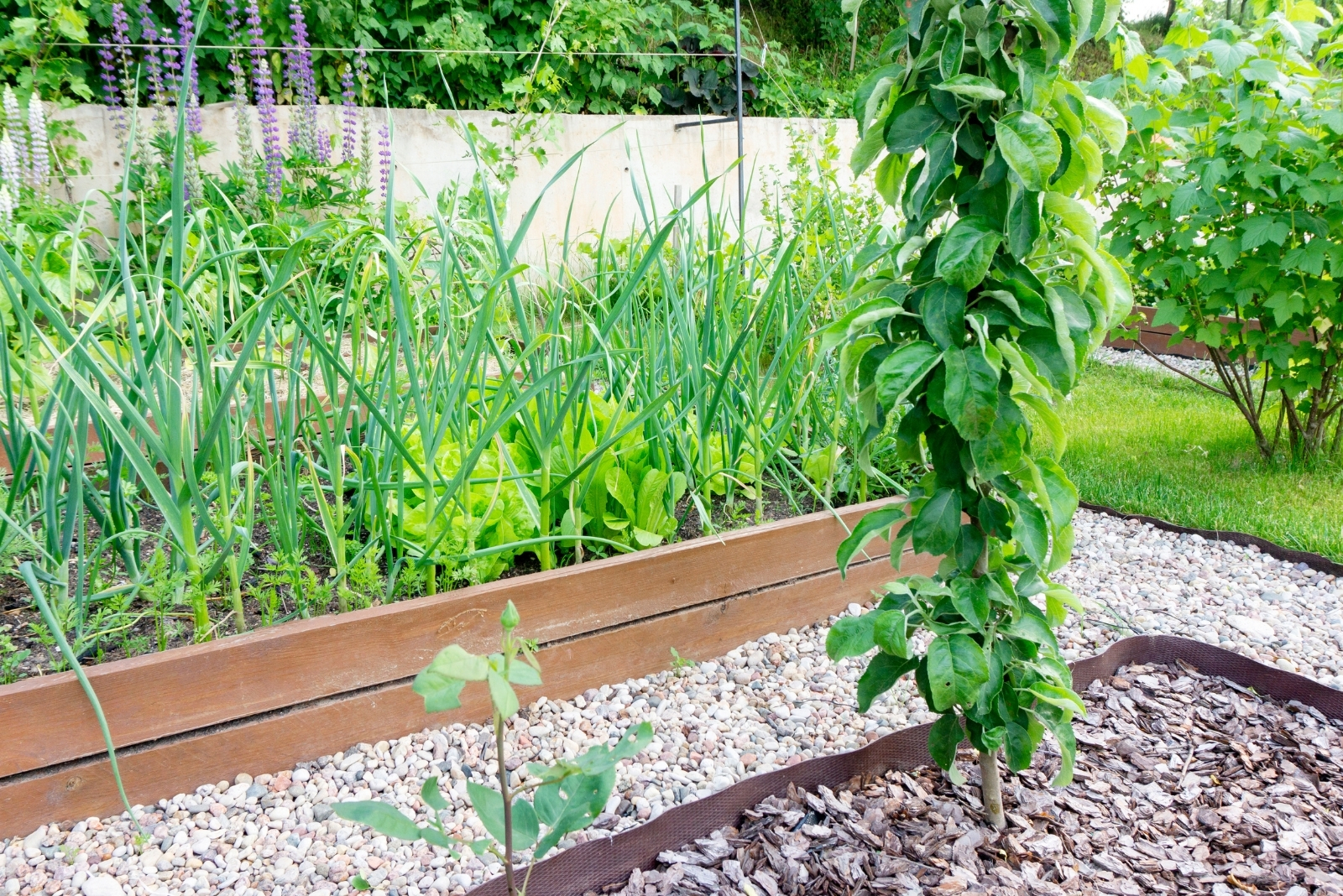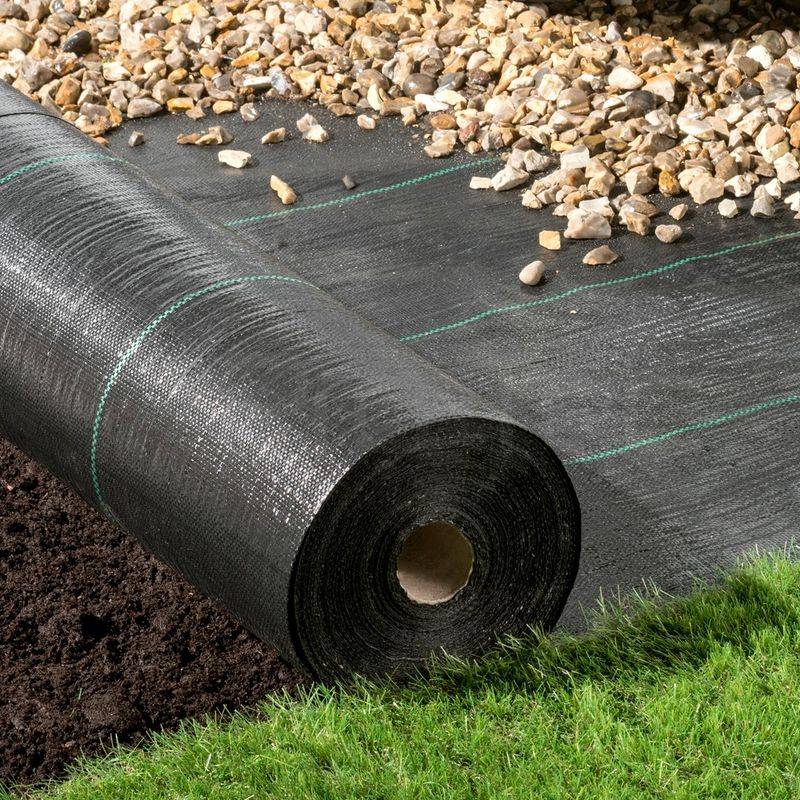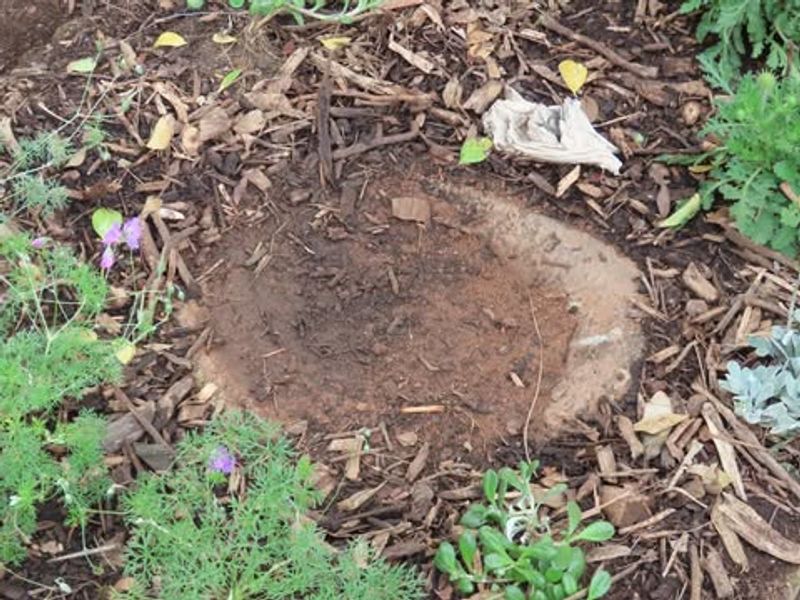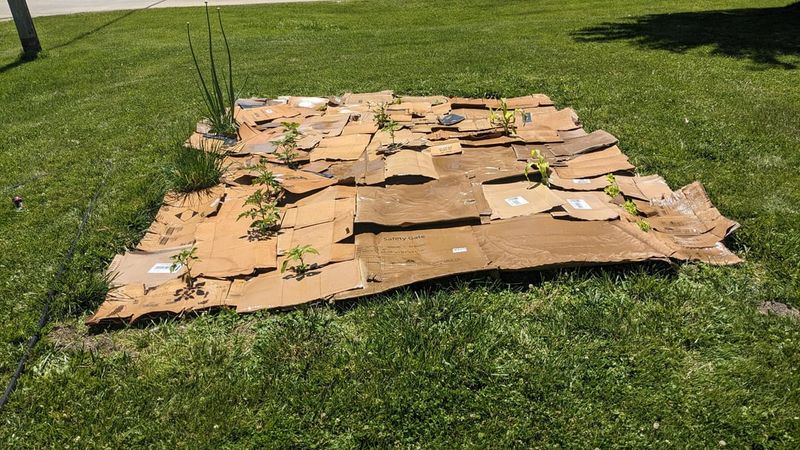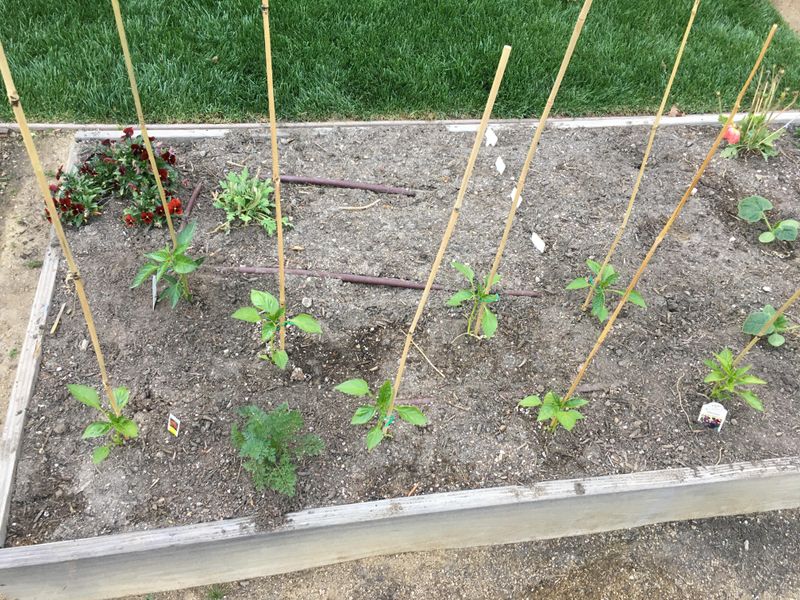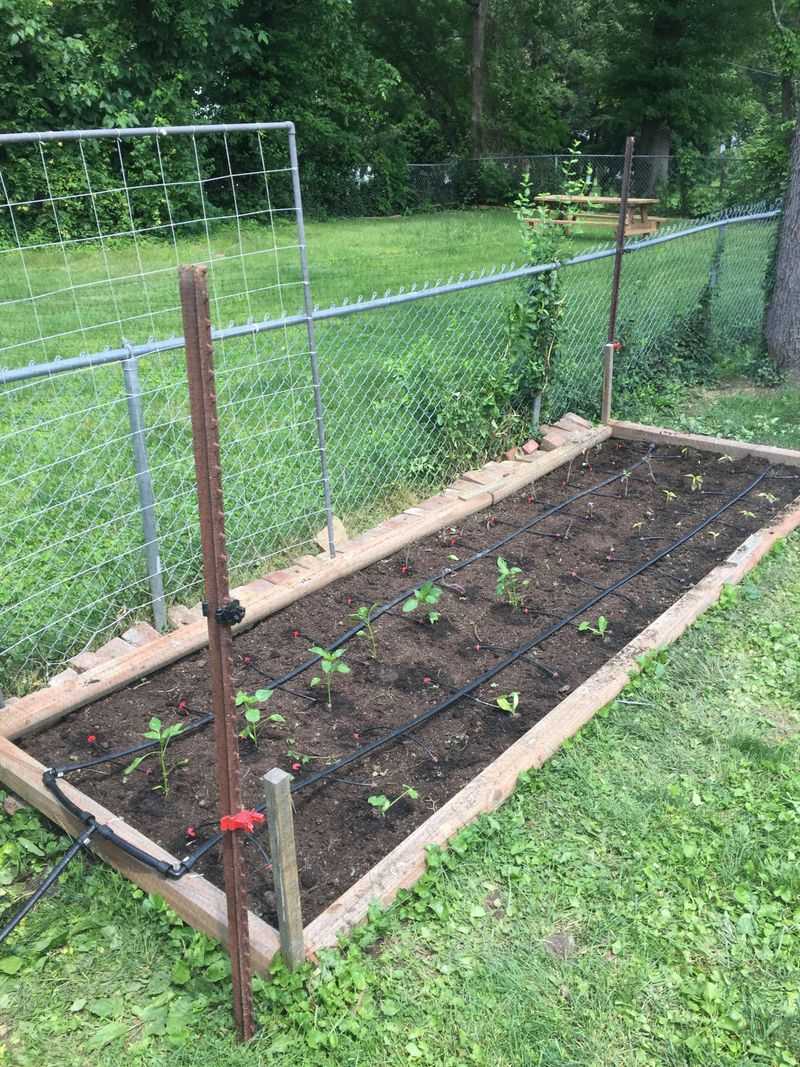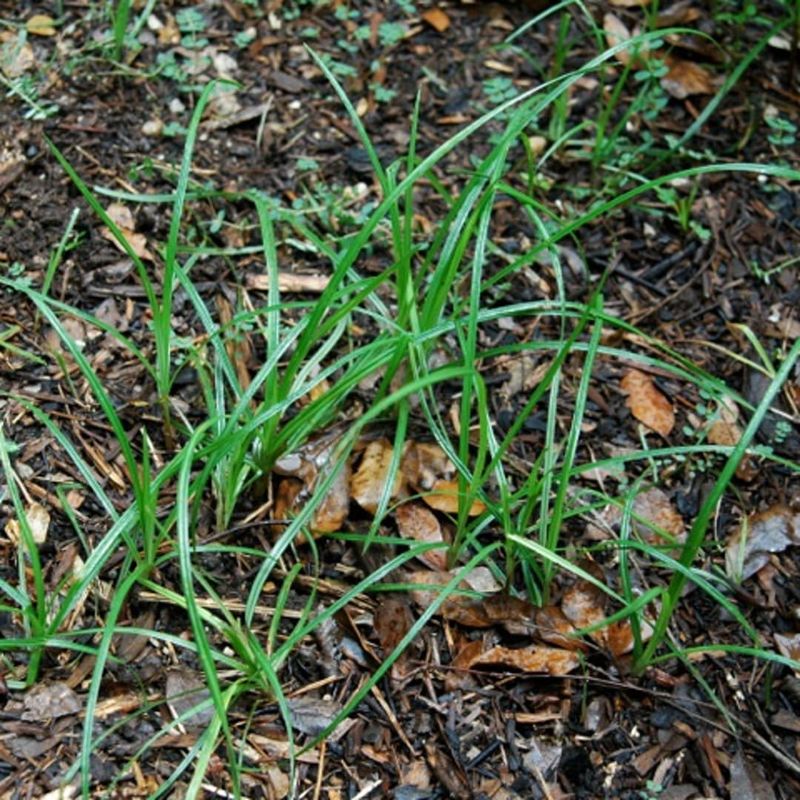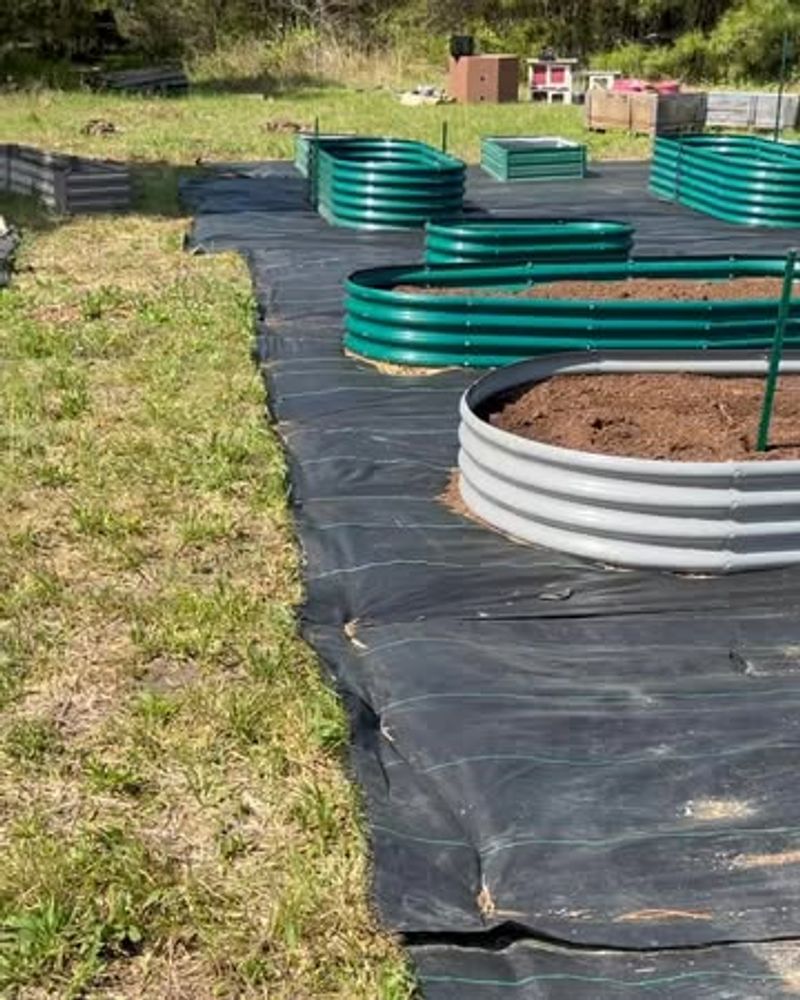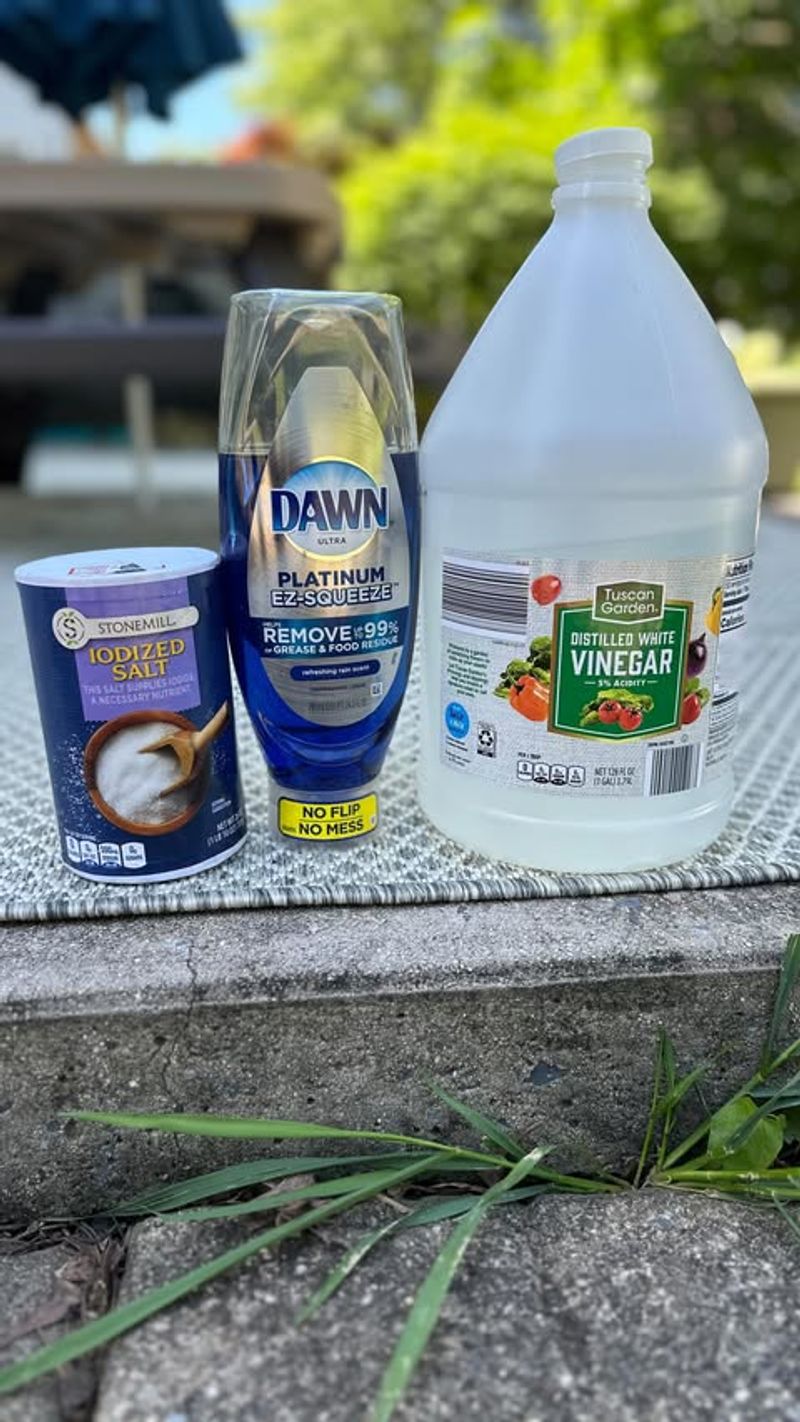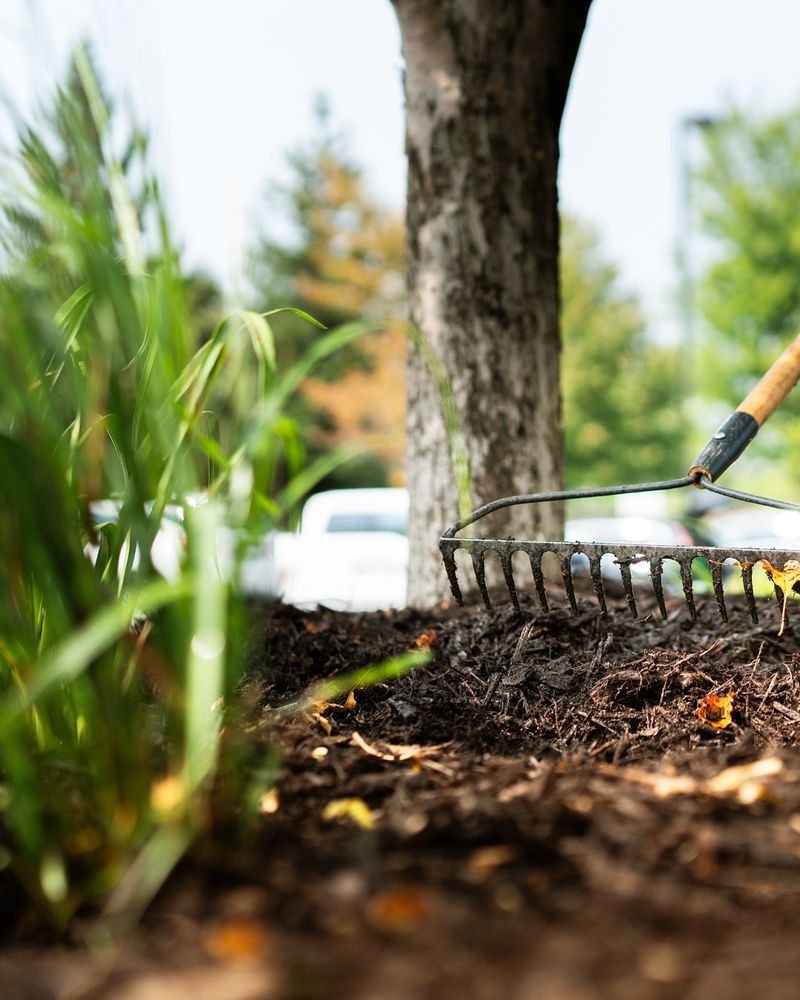Keeping garden beds tidy in Ohio can feel like a constant battle with weeds. These 10 tips make it easier to maintain healthy, clean beds all season long.
The right approach saves time and improves plant growth. Try these ideas for a beautifully weed-free garden.
1. Mulch Generously
A thick layer of mulch works wonders in Ohio gardens by blocking sunlight from reaching weed seeds. Apply 2-3 inches around plants, leaving a small gap around stems to prevent rot.
Many Ohio gardeners prefer hardwood mulch, which breaks down slowly and adds nutrients to the soil as it decomposes. Refresh your mulch layer each spring for maximum weed suppression.
2. Landscape Fabric Barriers
Placing quality landscape fabric beneath your mulch creates a powerful one-two punch against persistent Ohio weeds. Cut X-shaped openings only where you’ll plant, minimizing soil exposure.
The humid Ohio summers make this method especially effective as weeds struggle to penetrate the barrier. Choose UV-resistant fabric that won’t break down quickly under the Midwestern sun.
3. Regular Hand Weeding
Catching weeds when they’re tiny saves enormous effort later. Ohio’s clay-heavy soils are easier to weed after light rain when the ground is soft but not muddy.
Invest in a quality hand weeder with a forked tip to remove entire root systems of common Ohio invaders like dandelions. Just fifteen minutes of maintenance weeding twice weekly prevents major infestations.
4. Newspaper or Cardboard Layering
Recycled paper products make excellent weed barriers in Ohio gardens. Lay several sheets of newspaper or flattened cardboard directly on the soil, overlapping edges by at least 6 inches.
Water thoroughly before topping with mulch to prevent shifting in Ohio’s occasional strong winds. This biodegradable approach blocks weeds while gradually improving soil structure as it breaks down.
5. Close Plant Spacing
Strategic planting creates living weed barriers as mature plants shade the soil. Many Ohio perennials like coreopsis and black-eyed Susans can be planted closer than typically recommended for this purpose.
The competition for light and nutrients naturally suppresses weeds without extra work. Plus, dense plantings create beautiful displays that showcase Ohio’s diverse native flora while minimizing maintenance.
6. Drip Irrigation Systems
Precision watering delivers moisture only where your plants need it, not to surrounding weed seeds. Ohio’s variable rainfall patterns make drip systems particularly valuable for consistent plant health.
Many weed species that plague Ohio gardens thrive with overhead watering. Simple drip kits available at garden centers can be installed in a single afternoon, saving water and dramatically reducing weed growth.
7. Corn Gluten Meal Application
This natural byproduct of corn processing prevents weed seeds from germinating while adding nitrogen to your soil. Apply in early spring before Ohio’s weed season kicks into high gear.
Timing is crucial in the Buckeye State—spread it when forsythia blooms but before crabgrass emerges. Reapply in late summer for continued protection against fall weeds common in Ohio gardens.
8. Raised Bed Gardening
Elevating your garden creates a controlled environment where weeds struggle to establish. Ohio gardeners appreciate how raised beds warm up earlier in spring, extending the growing season.
Line the bottom with hardware cloth to prevent burrowing Ohio critters from accessing your plants. The defined edges make it easier to spot and remove the occasional weed before it becomes problematic.
9. Vinegar Spray Solution
A simple mixture of household vinegar, salt, and dish soap creates an effective spot treatment for weeds in Ohio garden paths and bed edges. Apply on sunny days when no rain is forecast for maximum effectiveness.
This solution works best on young weeds and may require repeated applications for stubborn Ohio varieties. Always apply carefully to avoid contact with desirable plants in your garden.
10. Fall Garden Cleanup
Thorough end-of-season maintenance sets you up for fewer weeds next year. Remove all plant debris that could harbor weed seeds through Ohio’s winter months.
Consider applying a winter mulch of shredded leaves, abundant in Ohio’s deciduous forests. This protective layer prevents early spring weeds while improving soil as it breaks down, giving your garden a head start when warm weather returns.

